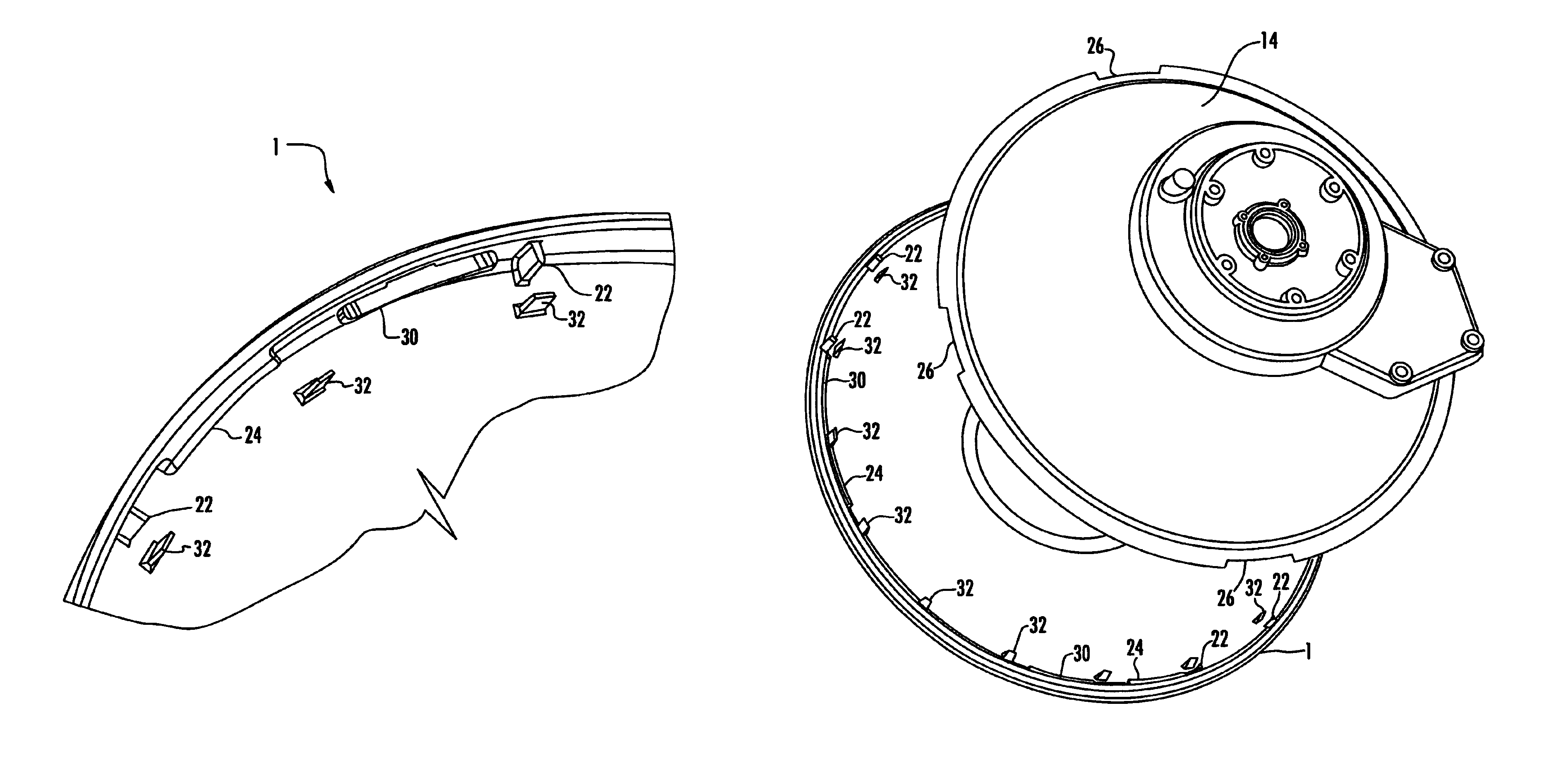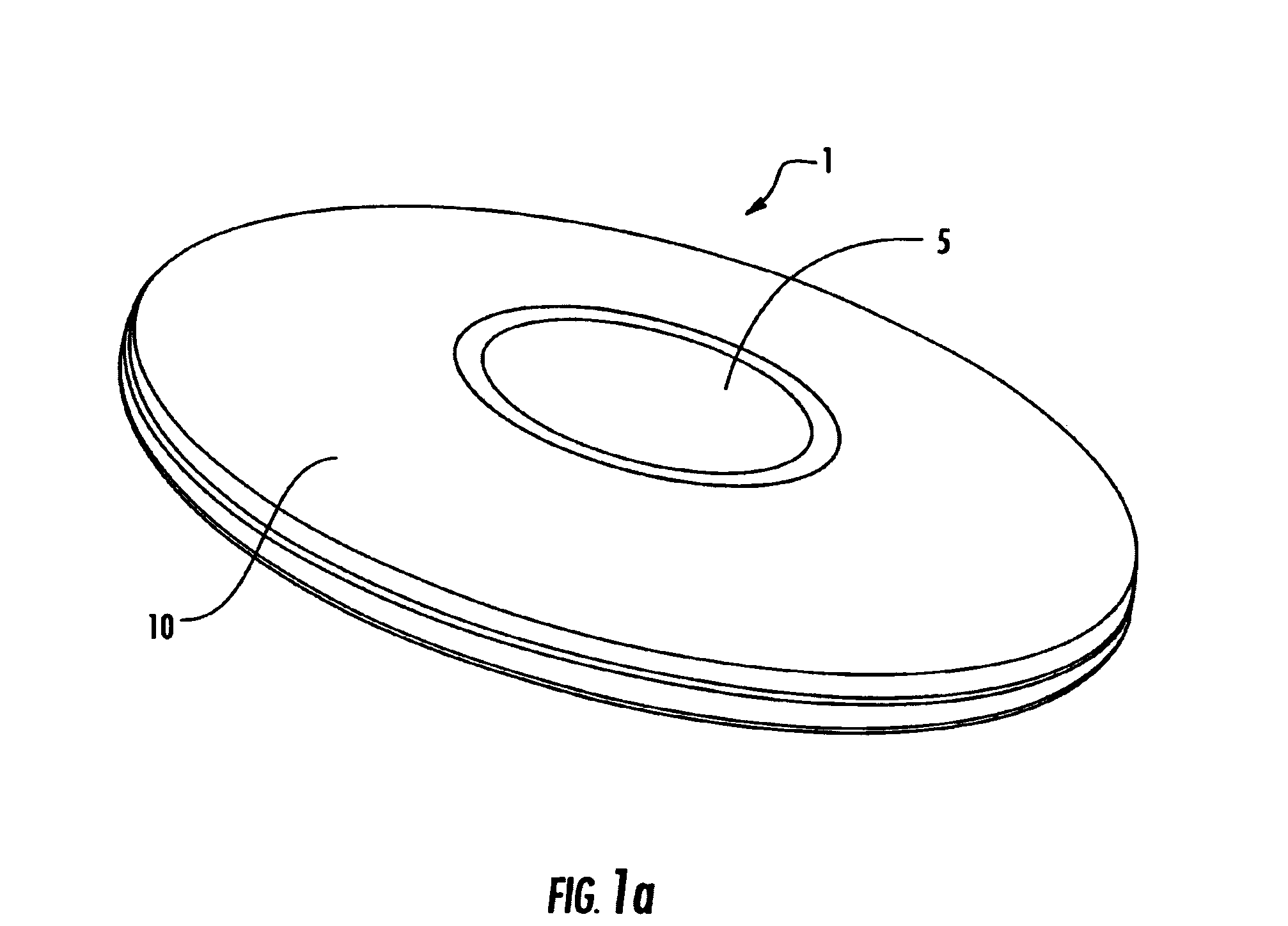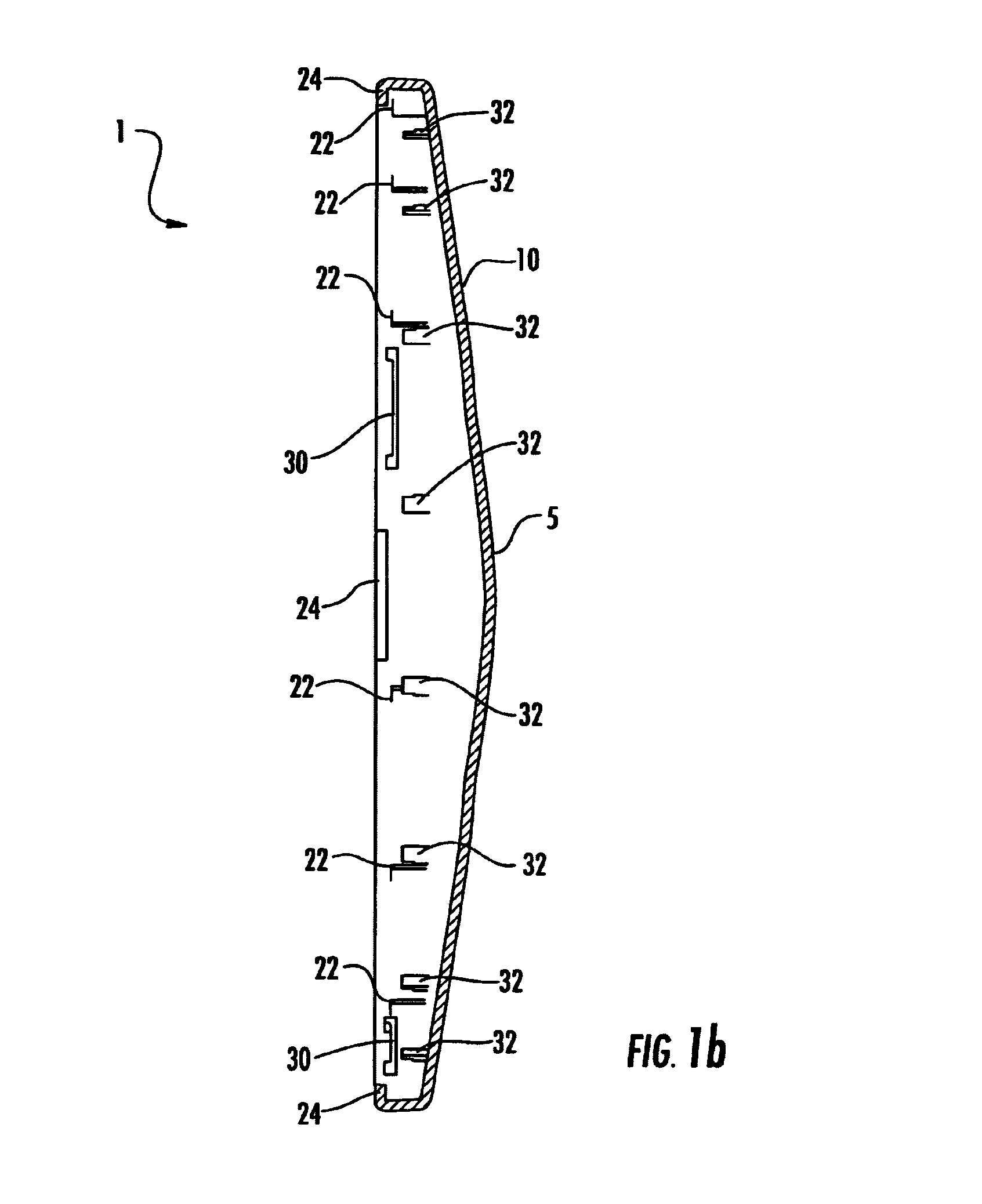Dual radius twist lock radome and reflector antenna for radome
a technology of twist lock and radome, which is applied in the field of radomes, can solve the problems of generating a return loss, generating a discontinuity of rf signal path, and burdening the associated plurality of springs, clips, screws, or brackets,
- Summary
- Abstract
- Description
- Claims
- Application Information
AI Technical Summary
Benefits of technology
Problems solved by technology
Method used
Image
Examples
Embodiment Construction
[0020]Signals reflected from a radome surface that is tangential to the desired signal direction would be straight back into the signal path, contributing to the return loss of the reflector antenna. Also, reflections proximate the feed assembly encounter multiple surfaces from which to launch reflections that may finally be directed back to the feed, further contributing to return loss. A radome with a small radius reflects signals out of the signal path but also degrades the far field radiation pattern. Further, radomes with small radius configurations have an extended dimension along the signal axis of the reflector antenna, increasing the wind load and associated mechanical strength requirements for the reflector antenna and antenna support structure. The present invention utilizes a very large radius in an outer portion and a smaller radius for a central portion that is significantly larger (has a focal point at the reflector vertex area rather than the back side of the antenna...
PUM
 Login to View More
Login to View More Abstract
Description
Claims
Application Information
 Login to View More
Login to View More - R&D
- Intellectual Property
- Life Sciences
- Materials
- Tech Scout
- Unparalleled Data Quality
- Higher Quality Content
- 60% Fewer Hallucinations
Browse by: Latest US Patents, China's latest patents, Technical Efficacy Thesaurus, Application Domain, Technology Topic, Popular Technical Reports.
© 2025 PatSnap. All rights reserved.Legal|Privacy policy|Modern Slavery Act Transparency Statement|Sitemap|About US| Contact US: help@patsnap.com



